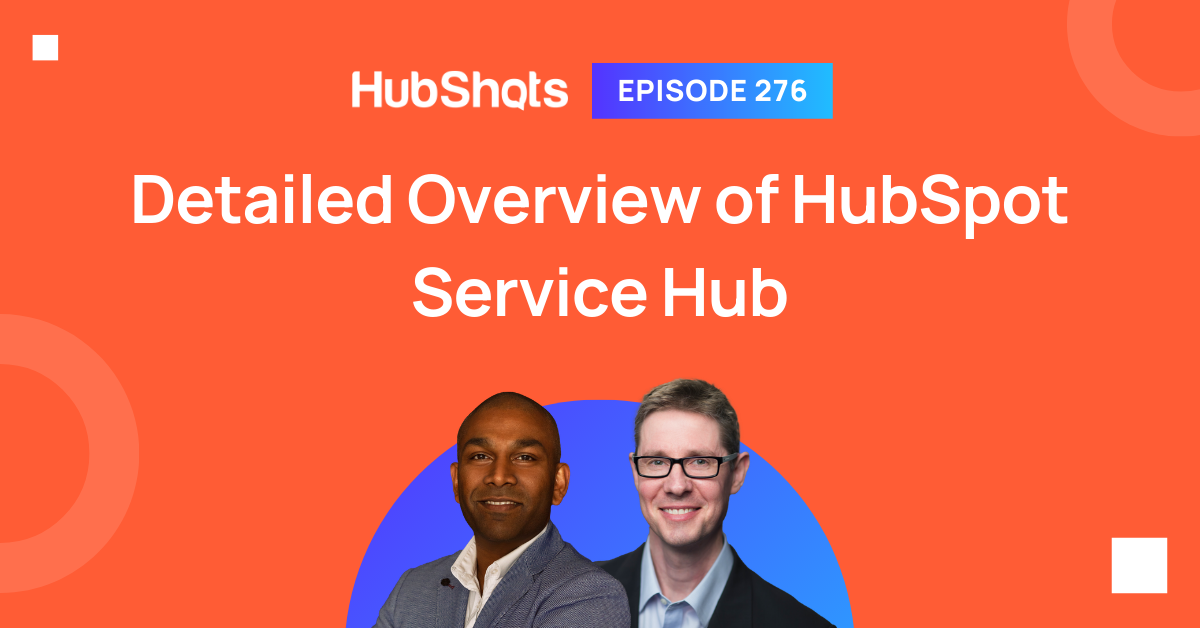Episode 290: Setting Lifecycle stages on forms and deals, Re-engagement emails gone wrong, and Deal pipeline currency totals
Welcome to HubShots Episode 290: Setting Lifecycle stages on forms and deals, Re-engagement emails gone wrong, and Deal pipeline currency totals This...



 Craig Bailey
Craig Bailey
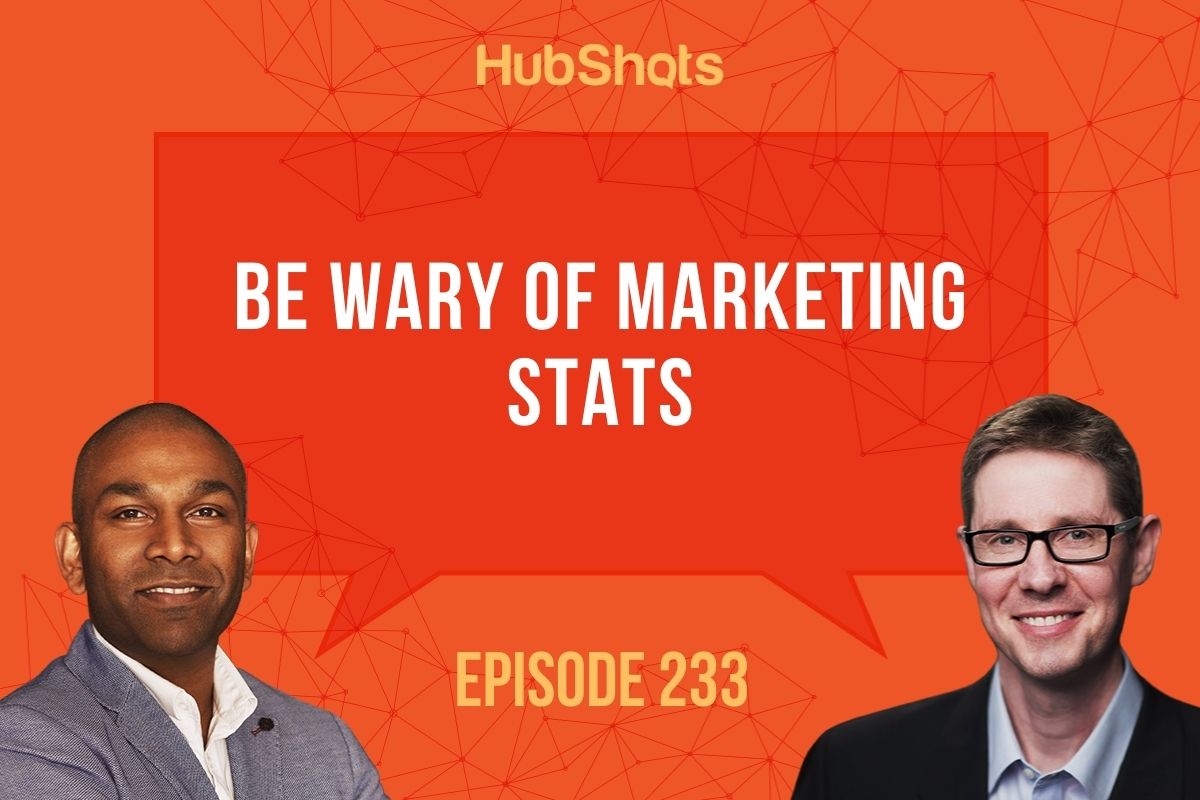
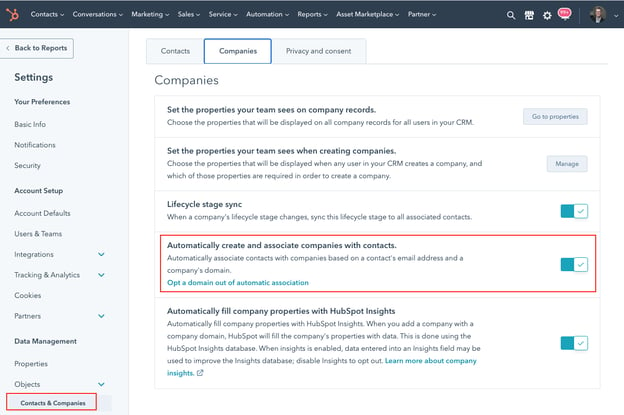
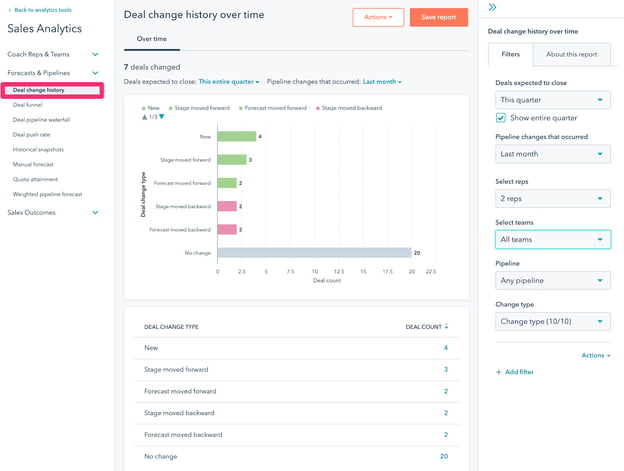
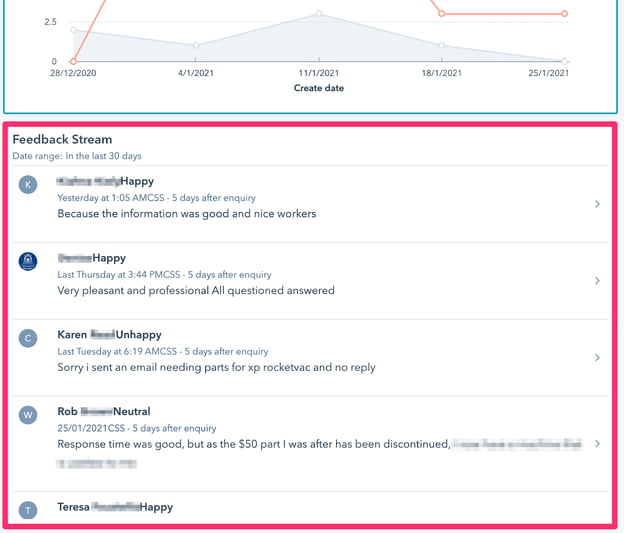

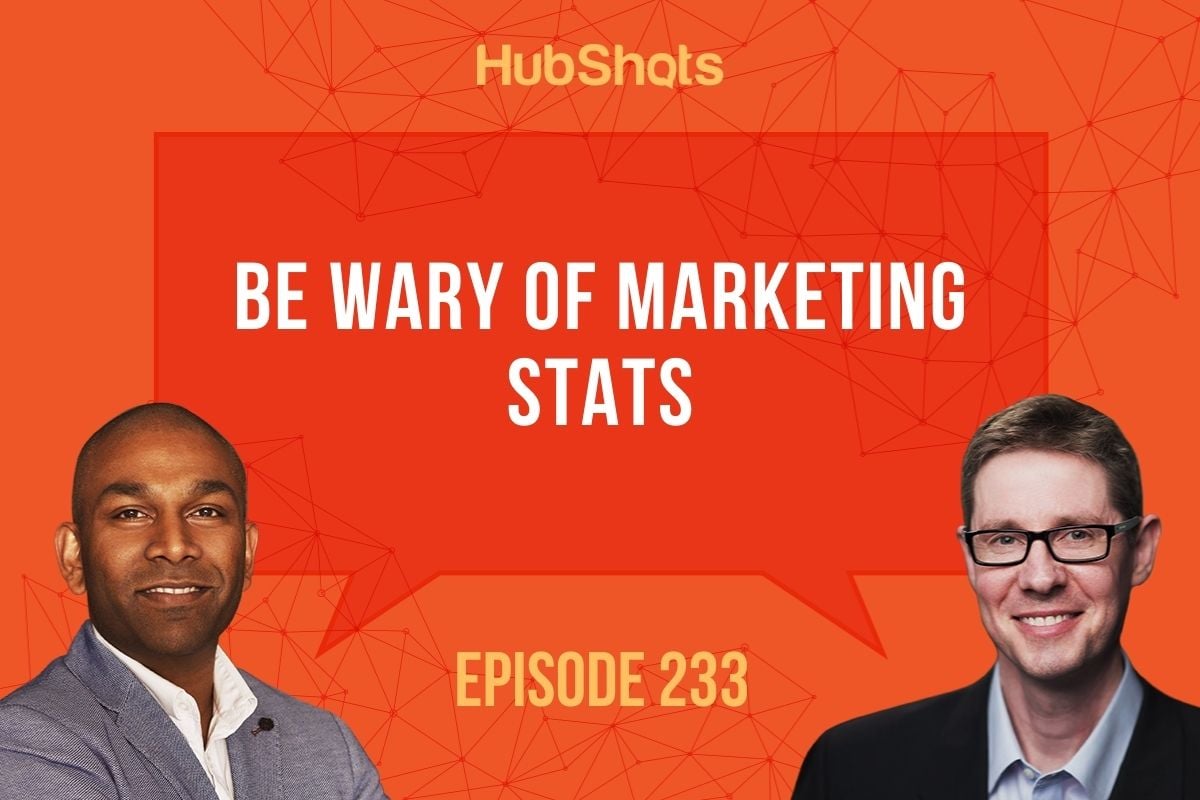
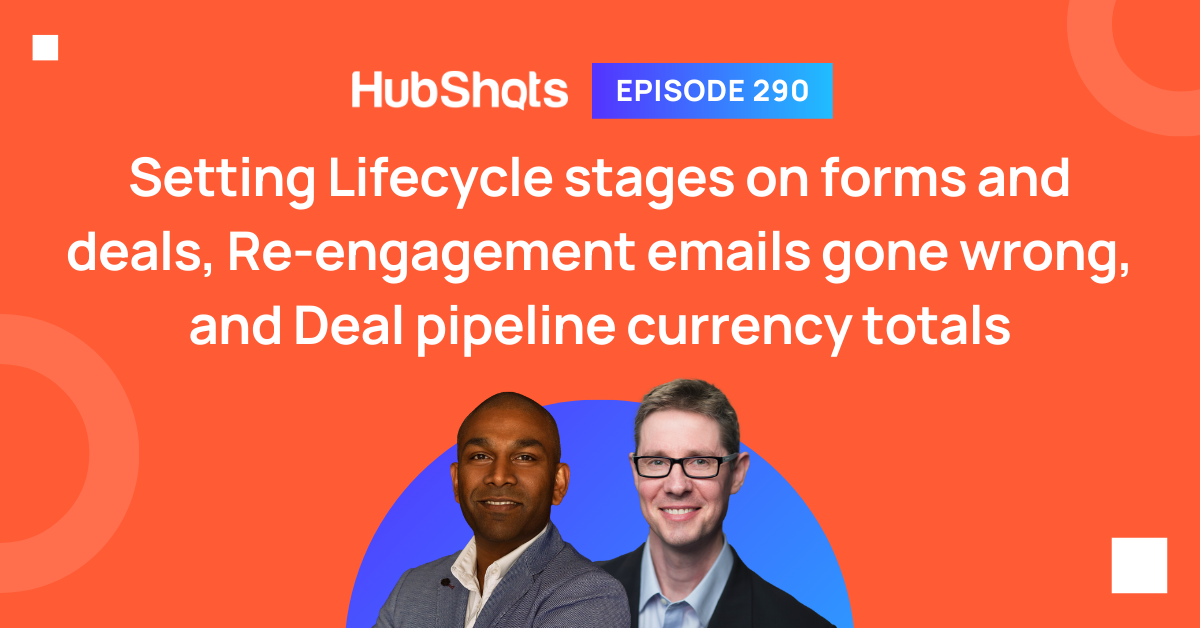
.png)
